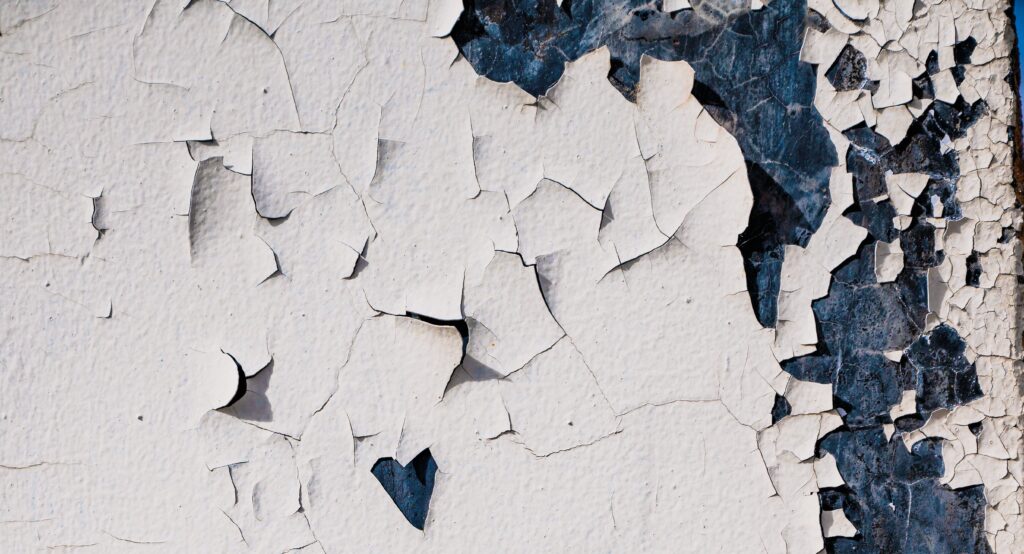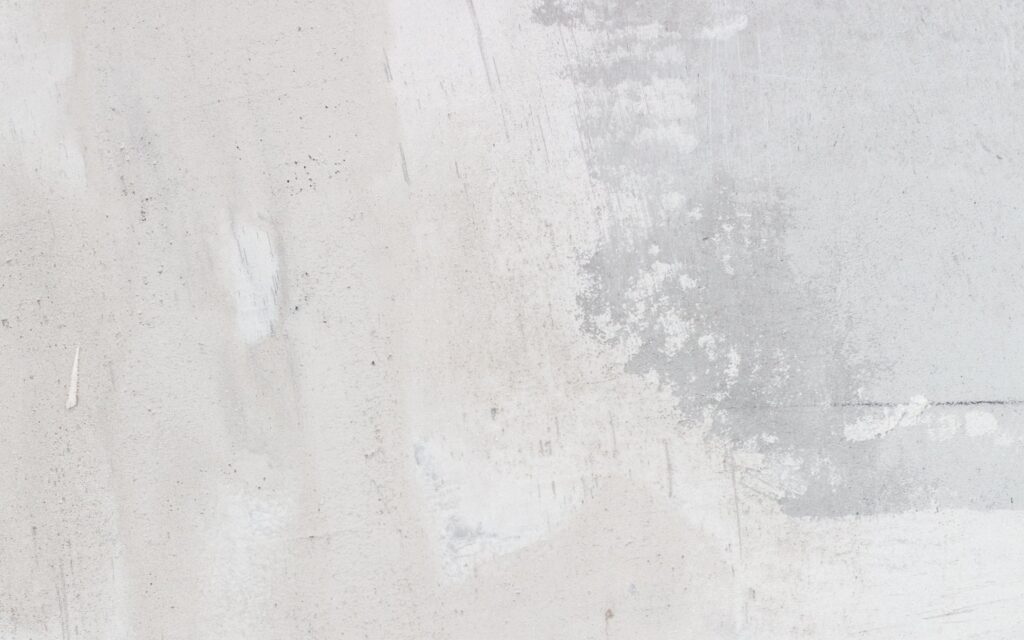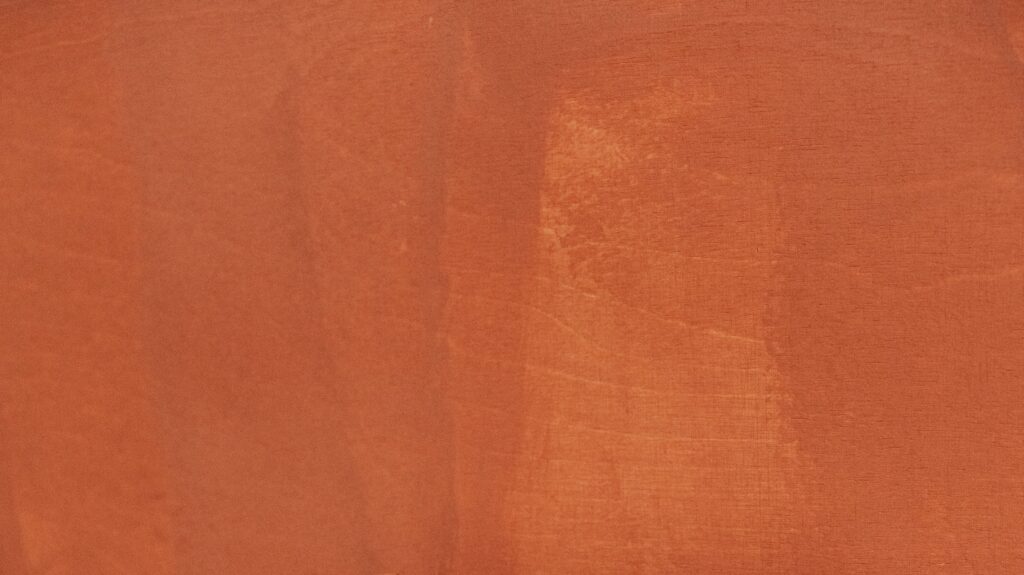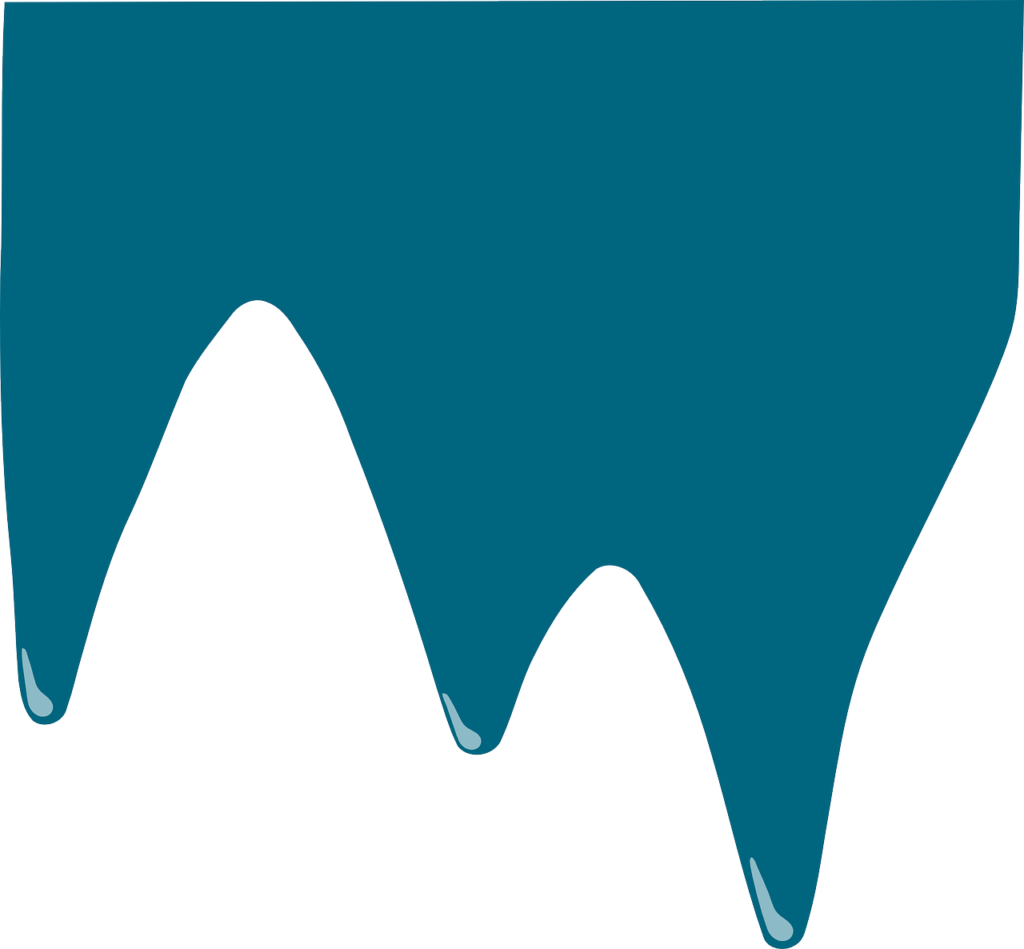The failure of painting work on walls or wooden members or structure state work is not uncommon. The paint job though an easy job has already peculiarities of its own. Add the same time, a failed paint job involves substantial expenditure by way of scrapping the old paint, repairing the surface, and cost of new paint. The following are the main causes of the failure of the painting work.
Types of Failure in Painting Work
1. Bad workmanship
The paint job demands a certain degree of skill. A careless painter is in the habit of thinning paint too much so that he can save material and labor. In areas of the surface that can be difficult to reach, the paint coat may even be absent.
2. Conditions of painting
The job of painting should be carried out under favorable conditions only. It should be seen that dust and moisture do not get entrapped during the process of painting. The performance of the majority of paints can also be significantly impacted by extremely high or low temperatures and humidity during the painting process.
3. Moisture
The painted surface becomes wet due to leaks from sanitary installations, floors, roofs, water pipes, etc. In freshly built buildings, the water utilized during construction may take some time to evaporate. Whatever may be the reason, the presence of moisture accelerates the process of separating the paint layer from the surface.
4. Salts and Alkalies
Salts and alkalies adversely affects the quality of painting work. Moisture movement has the ability to carry salts from fresh deposits or the interior volume of brickwork. These kinds of salts and alkalies saponify oil paints.
5. Unsuitable surface
If the surfaces are not properly prepared or treated to receive the paint, it may lead to the failure of the painting work.
6. Wrong choice of paint
The choice of paint should be determined based on the weather, the type of surface to be painted, and several other elements influencing the performance of the paint. It has been discovered that inferior paints have a low initial cost. However, such painted surfaces have relatively little durability.
Defects in Painting Work
The following are the defects found in the painting work:
1. Blistering

This defect is caused by the water paper which is trapped behind the painted surface. The formation of bubbles under the film of paint occurs in this defect. It could be caused by a number of things, like improper wood seasoning, too much oil in the final coat, etc. Use suitable supplies, wait for ideal weather before painting, and make sure surfaces are dry.
2. Bloom
On the polished, finished surface, this flaw causes dull patches to appear. It results from poor ventilation or poor quality of paint.
3. Fading

The gradual loss of color is known as fading and it is mainly due to the exposure to sunlight, using low-quality paint, or insufficient drying time. This can be prevented by UV-resistant paint, choosing high-quality products, and allowing adequate drying time.
4. Flaking

A small portion of the painted surface is sometimes seen loose. It is known as flaking and it is due to poor adhesion.
5. Flashing

Sometimes the glossy patches are seen on the painted surface. This is known as the flashing and it is mainly due to the poor workmanship, cheap paint, or wheather actions.
6. Grinning

When there is insufficient opacity in the last coat of paint, a background is visible. This is known as the grinning.
7. Running
Certain portions of the surface remain exposed as the paint flows back. When the surface that needs to be painted is extremely smooth, this defect appears.
8. Sagging

When a vertical or inclined surface is too thickly painted, the defects of sagging occur.
9. Saponification

The formation of soul patches on the painted surface is termed saponification and it is due to the chemical action of alkalies.
10. Wrinkling

When the surface is painted in a thick layer, the defect of wrinkling occurs.
Conclusion
Thus, painting work requires attention to detail and precision in addition to color. Knowing the many kinds of failures and flaws of painting work will help you apply paint in a way that is both long-lasting and aesthetically pleasing. I hope your art work turns out as perfect as your concept. Happy painting!
FAQs (Frequently Asked Questions)
Q: Is it necessary to use a primer before painting work?
Yes, primer enhances adhesion and provides a smooth surface for paint application.
Q: How do you inspect quality of painting work?
The color should be evenly scattered all over the area. There should not be any fading or flaking seen on the painted surface.
Q: What is the quality of the paint?
Additionally, superior paint contains more pigments and compounds to enhance its quality. Prime pigments are great for hiding imperfections in the final work. They prevent the unfinished surface from being visible. Titanium dioxide, sometimes referred to as Titanium White, is the most widely utilized main pigment.
Q: What is the expiry period of paint?
Specifically, paints like acrylic or latex can last up to ten years when left unopened. The shelf life of unopened oil- or alkyd-based paints may reach fifteen years. Furthermore, milk paint only lasts 1-2 weeks after mixing, while chalk paint has a shorter lifespan of 1-3 years.
Q: Can we fix peeling paint without removing the entire layer?
If caught early, you can scrape and sand the affected area before repainting. However, a long-lasting treatment requires treating the underlying reason.
Also read:
5 Innovative Technologies in Transforming the Construction Industry
Load bearing Structure & Framed Structure |Components and Advantages|


